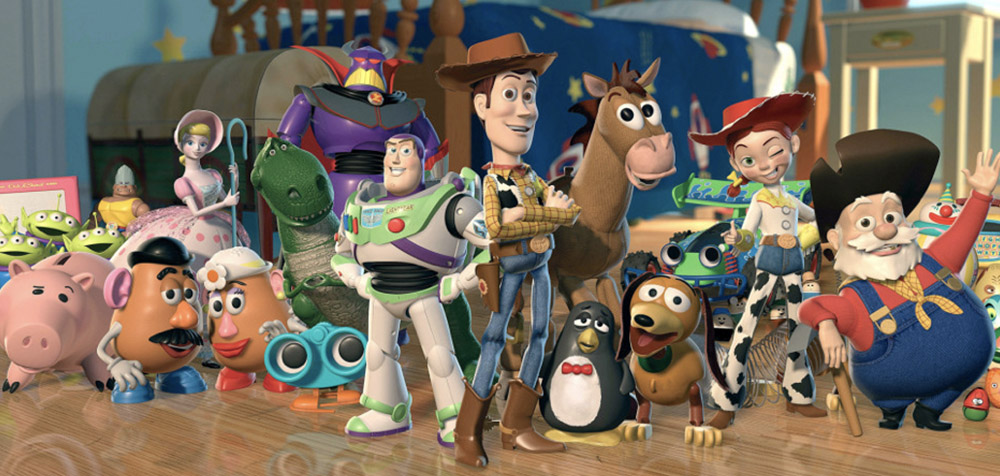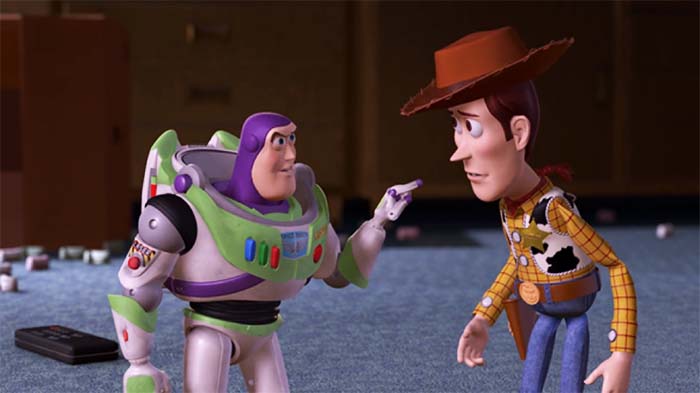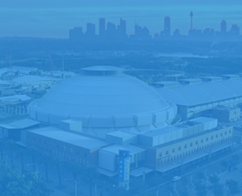
Melbourne
March 29-30, 2025
Melbourne Showgrounds



This year, not only will we get to play with Toy Story 4 in cinemas on June 21, but on November 24, Toy Story 2 will turn 20 years old (let that sink in).
Toy Story 2 was Pixar’s third film and its first sequel, but they’ve released some incredible sequels across their different franchises over the last two decades, so the competition for the best is fierce.
Yet, Toy Story 2 edges past the others and remains the pinnacle of what a successor can deliver, and — unlike the others — is one of the rare films to hold a 100% critic rating on Rotten Tomatoes. So, to celebrate 20 years and a new film, let’s look at why that is.
 All too often, sequels will rehash the original’s plot, in forced or artificial ways, like forgetting the lessons of the previous movie and having the two heroes fight and split up only to come together in the end. The first Toy Story is about Woody fighting with his new rival, Buzz Lightyear, resulting in Andy losing them. But Woody overcomes his insecurities, proves he’s a hero and leader by rescuing Buzz and teaming with him to return to Andy.
All too often, sequels will rehash the original’s plot, in forced or artificial ways, like forgetting the lessons of the previous movie and having the two heroes fight and split up only to come together in the end. The first Toy Story is about Woody fighting with his new rival, Buzz Lightyear, resulting in Andy losing them. But Woody overcomes his insecurities, proves he’s a hero and leader by rescuing Buzz and teaming with him to return to Andy.
Toy Story 2 switches things up with Woody being stolen, and Buzz and the whole crew needing to rescue him on the other side of town. The only tension between Woody and Buzz is when Woody decides to stay behind with the Round-up Gang and be displayed in a toy museum. But after Buzz repeats back to Woody the words he said in the last movie, “You are a TOY,” and he listens to a recording of himself singing You’ve Got a Friend in Me, a song that takes on a deeper meaning in this film, he decides to return home.
Of course, Woody wouldn’t have needed convincing if it wasn’t for Jessie and her heart-wrenching story of being given up by her owner, Emily, leaving her sad and cynical about the value of being a toy. Jessie’s sequence with Emily is one of Pixar’s most memorable and emotional sequences ever. As the song When She Loved Me plays over, we see their whole friendship and Jessie’s heartbreak plays out, akin to Up’s emotionally devastating opening sequence.
Jessie, Stinky Pete and Bullseye not only convince Woody but the audience as well that leaving Andy behind is a good idea. And it’s hard to argue their points until Buzz arrives and we remember why the toys do what they do. As an adult, it’s shocking how much depth there is to the ideas within these few scenes, as they can apply to so many types of relationships, whether they’re friends, partners, or even parents to children. The idea that ‘some people will leave but that’s okay’ is common enough, though rarely handled as well as this.
Jessie’s story is not only the emotional crux of the film, but it lays the foundations for the themes and story of Toy Story 3. Stinky Pete makes the point that Andy is growing up like Emily, and will one day move off to college. And almost 12 years later, Pixar carries through with that threat in the third film when Andy leaves. But thankfully not before giving away his toys to sister Bonnie, giving them new life with her hands and imagination.
Sure, nostalgia factors into why I love Toy Story 2 the most out of the sequels; I grew up with the franchise. As a child, I related to Andy and his toys, and the release of Toy Story 3 was as I was finishing high school and looking at university. But it’s a testament to the level of relatability these sequels afford which elevates their franchise just slightly over Pixar’s others.
Toy Story 4 opens in Australian cinemas on June 20






